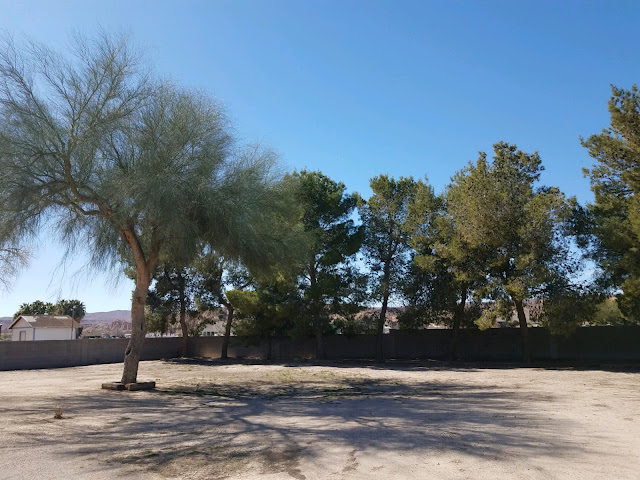In my experience trees like Aleppo pine need fertilizer applied AT THE MOST once a year and perhaps less often.
Non-Flowering and Non-Fruiting Trees Need Mostly Nitrogen and Potassium
In the case of pine trees mostly nitrogen and potassium because we don’t need them to flower or fruit. That requires fertilizer higher in phosphorus, the middle number. Whenever the trees are “improved” (hybridized or improved for some reason) they need to be fertilized more often and need more care. For example, most fruit trees require one full or a split application of fertilizer twice a year.
Force Them After this Water
My guess is that your pine trees, at the
most, will need fertilizer applied once a year in the spring. Improved trees
like fruit trees need about one pound of a nitrogen fertilizer in the spring
(or the fertilizer divided in half and applied twice) for each 1000 square feet
under their canopy. Aleppo pine trees require it less often or apply less total
amount each time you fertilize.
Look at the results of irrigations and applications of fertilizer. The fertilizer is needed every year or every other year. A tree of that size should put on about 8 inches of new growth every year to keep it full. That takes primarily nitrogen similar to a lawn fertilizer (21-7-14). Don’t skimp on nitrogen and potassium in the fertilizer for pine trees. Because they are “all green” and no flowers or fruit you can apply less of the middle number (the amount of phosphorus).
As far as applying irrigation less often
or eliminating them, you need shallow groundwater to about 5 to 7 feet deep. At
the same time force its roots to grow deeper in the soil so it can discover the
water. Pine trees have taproots or large roots that can grow deep if given the
chance. Groundwater can go down in the summer months and up to normal in the
winter. What I am telling you is that you might need to water occasionally
during the summer months.
When you irrigate, water the trees deep when
you do, water them less often and watch the tops. Force the tree roots “to go
after” deeper water and see how much fewer extra irrigations they need and
still maintain 8 inches of new growth during the early summer months.


No comments:
Post a Comment